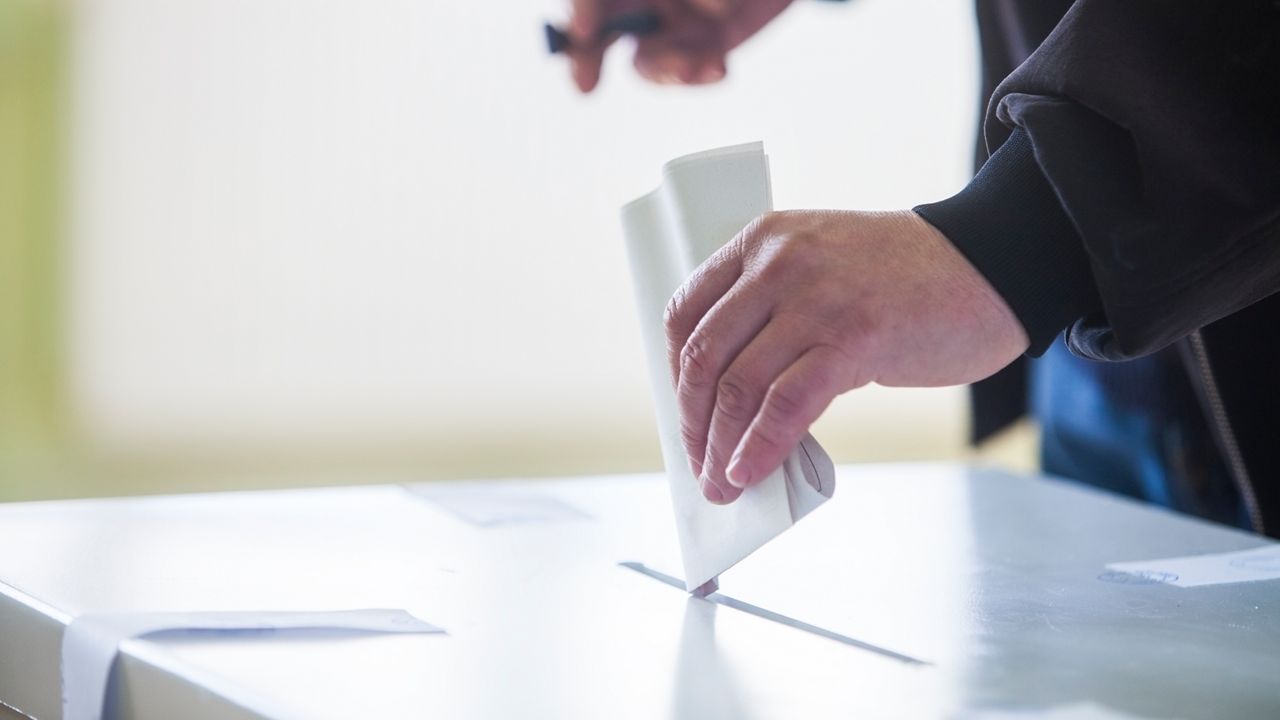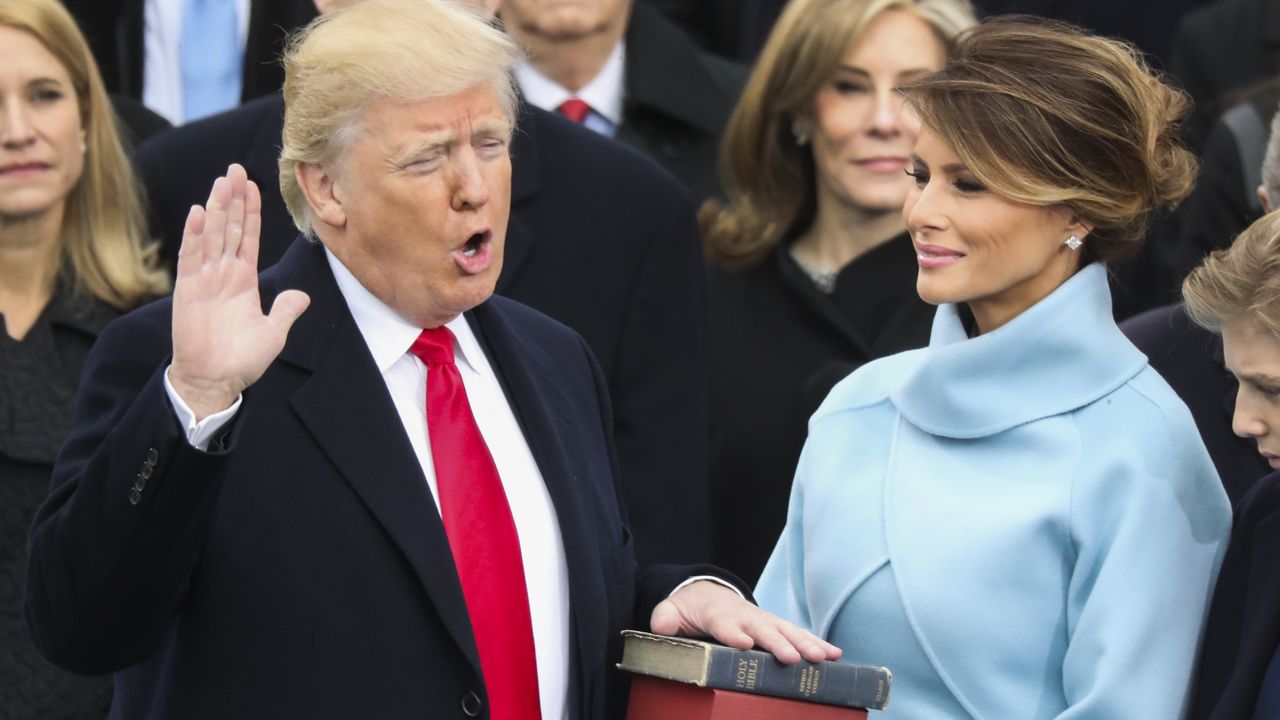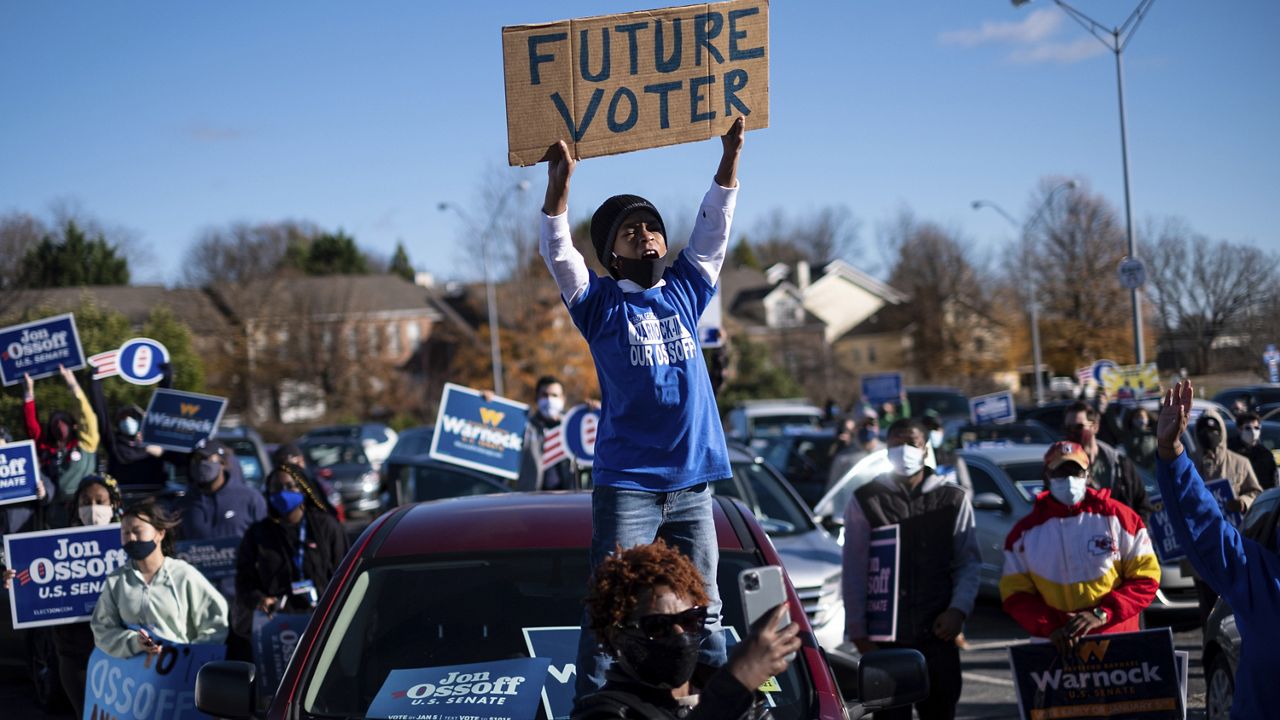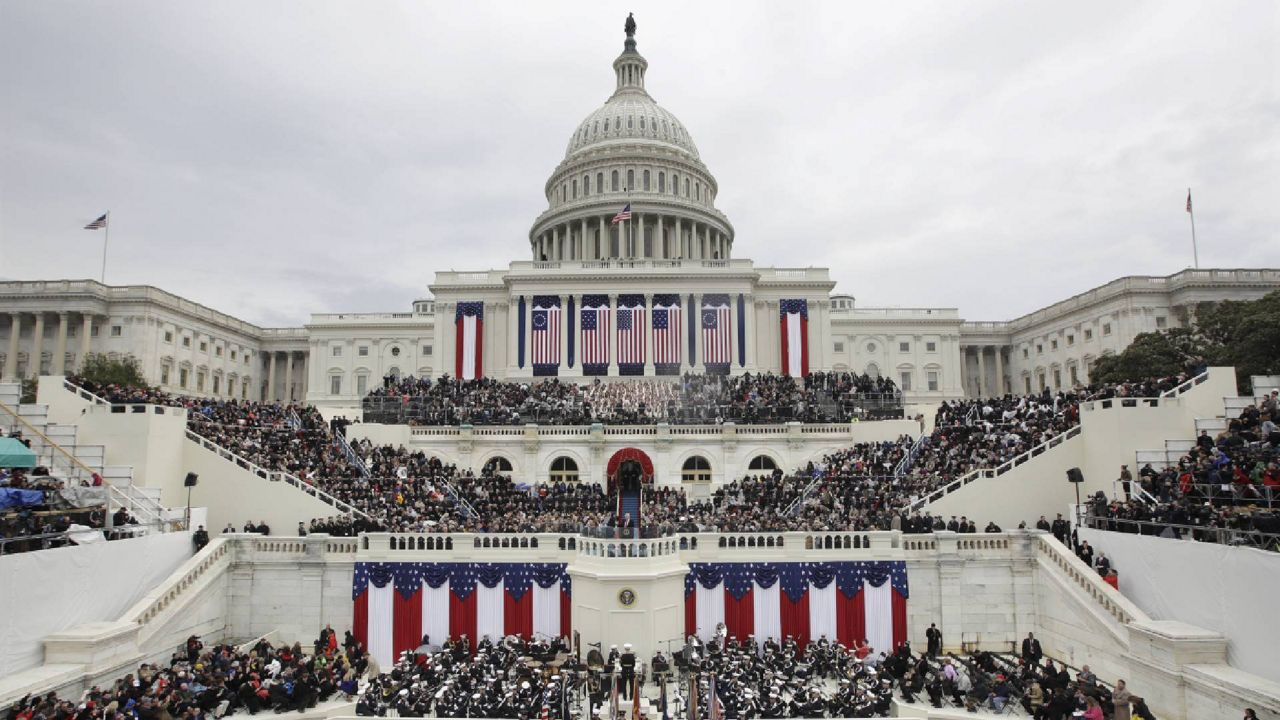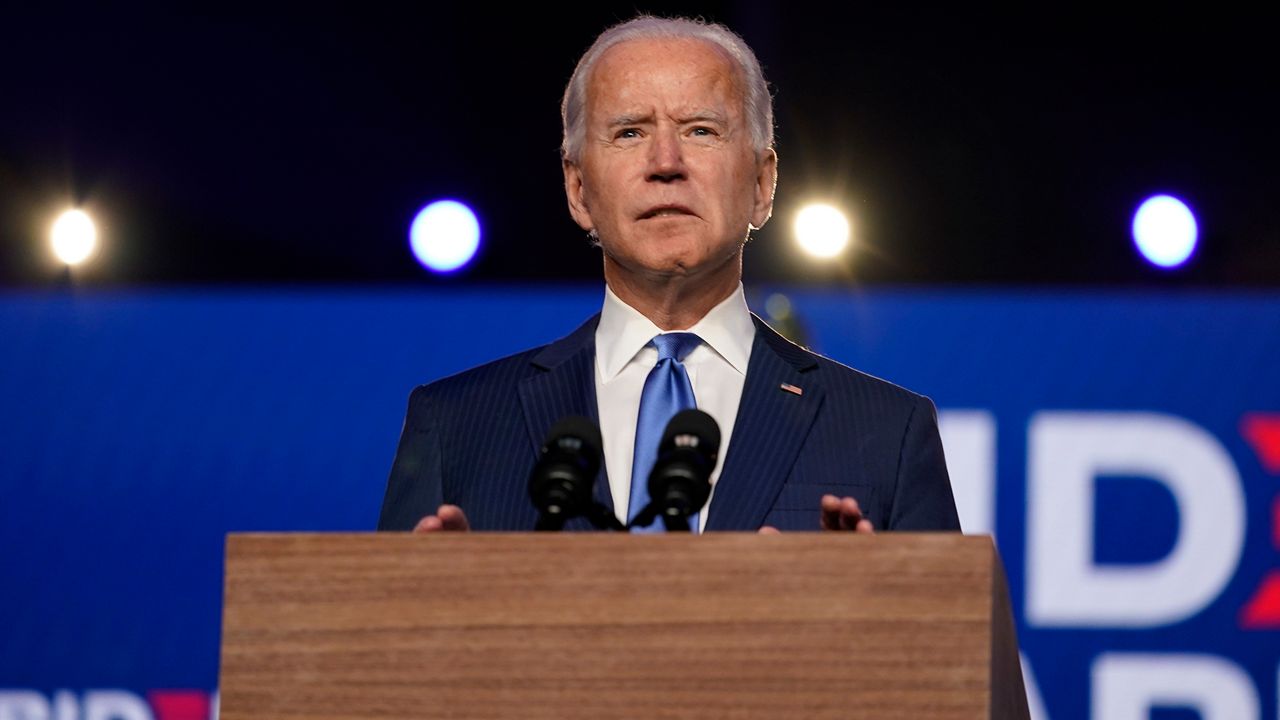MILWAUKEE — Wisconsin once again kept the nation on the edge of its seat with its razor-thin margins in this year’s presidential election. The Associated Press called the state for Biden on Wednesday afternoon, with results showing only about 0.6% of the vote separating the candidates.
Even before the race was called, the Trump campaign announced it planned to request a recount in the state.
“The President is well within the threshold to request a recount and we will immediately do so,” Trump campaign manager Bill Stepien said in a Wednesday statement.
Here, we take a look at what that recount process could look like for Wisconsin.
The losing candidate has to file a petition
According to the Wisconsin Elections Commission guidelines, a recount is possible if the election margin is under 1%. But there’s no margin that automatically triggers a recount — instead, the “aggrieved candidate” has to file a petition to kick off the process.
The candidate can ask for a recount across the whole state or just in particular wards. And the petition has to include some reasoning for the recount request, which can be a specific concern or a “general statement that the petitioner believes a mistake or fraud was committed,” the WEC rules say.
In the Trump campaign statement, Stepien cited “reports of irregularities in several Wisconsin counties,” though he didn’t provide further details.
A petition can only be filed after election officials finish up the vote canvass process, through which municipalities and then counties go back to re-check the results. The deadline for this process is Nov. 17, but state election officials say it usually wraps up before then.
Once the canvass is complete, a losing presidential candidate has until 5 p.m. on the following business day to file a recount petition, according to the WEC rules.
The recount is public, and conducted at the county level
If the petition is filed correctly and the recount moves forward, then the actual process happens at the county level, WEC administrator Meagan Wolfe says.
Members of the board of canvassers — which includes the county clerk and two other appointees — head up the recount effort in each county. Board members can also bring on “tabulators” to help with the recount, ideally the same election inspectors who worked the polls on Election Day, according to the WEC.
Counties have to run through a series of steps to check the votes once again and correct any errors in the original results. This includes reviewing rejected ballots, examining ballot bags and equipment for any signs of tampering, and making sure poll lists match up with the votes received.
The ballots themselves can be recounted by hand or through machines, or using some combination of the two.
This entire process, like the initial election night counts, is open for anyone to observe — although only those conducting the recount can actually touch any voting materials.
Who pays? It depends on the margins, and the recount results
The entire recount effort can cost millions of dollars. Depending on the circumstances, either the petitioner or the state may have to foot that bill.
If the margins are extremely small — less than 0.25% — the petitioning candidate doesn’t have to pay anything for the recount. Any wider than that, though, and the petitioner will have to contribute a filing fee, essentially paying the estimated cost of the recount up front before they can move along with the process.
The candidate still has a chance to get a refund on that fee if the recount does, in fact, change the outcome of the election.
Wisconsin isn’t new to the recount process
The 2016 presidential election was also a nail-biter for the Badger State. That year, Wisconsin was the only state to complete a full recount, the first in state history.
Trump flipped the state with under 23,000 votes, a margin of around 0.8%. But second-place finisher Hillary Clinton actually wasn’t the one to request a recount — it was Green Party candidate Jill Stein.
Though Stein only received about 1% of votes nationwide, her campaign filed recount petitions in Wisconsin, Michigan, and Pennsylvania, which they said were about election integrity rather than changing the actual outcome. The other efforts were blocked, but Wisconsin forged ahead to complete its recount in 10 days, with only minor changes to the ballot counts.
The recount changed around 1,500 of Wisconsin’s nearly 3 million ballots, with a few more additional votes going to Trump than to Clinton but not enough to have a significant impact on the margins.
Since then, Wisconsin lawmakers have tightened recount rules so that only a candidate within 1% of the winner can file for a recount. If the current 2020 margins hold, Trump would be within that range.
At Wednesday’s briefing, Wolfe said the 2016 recount effort showed that Wisconsin’s election process was strong. She said she was “100% confident” in Tuesday’s election, and that any recount this year would have a similar result.
“I believe that that would be the case if we had a recount again in our state,” Wolfe said. “You would find that we have a really solid system here.”




